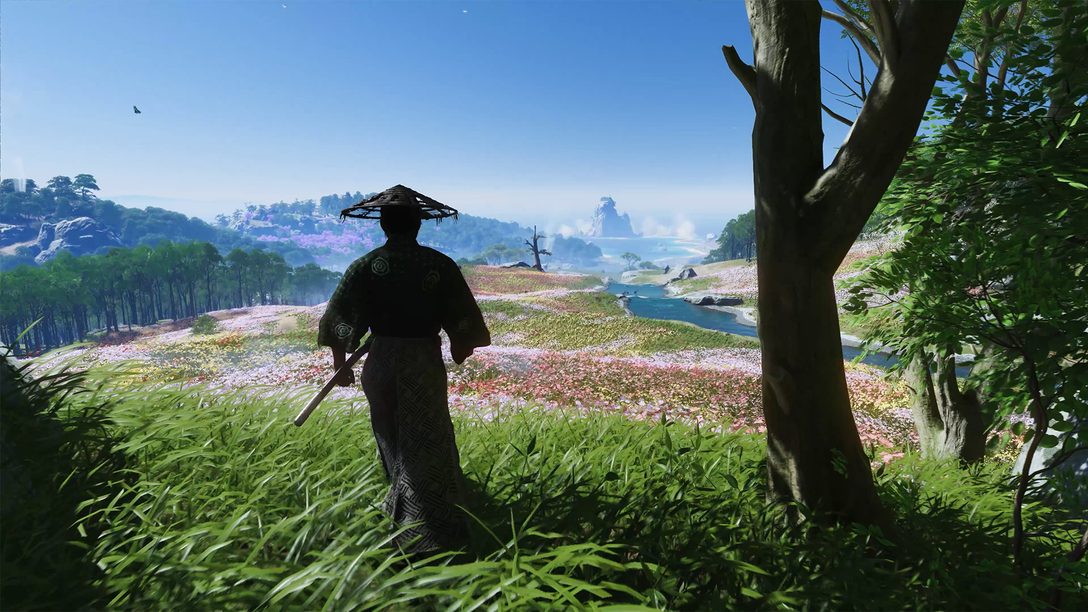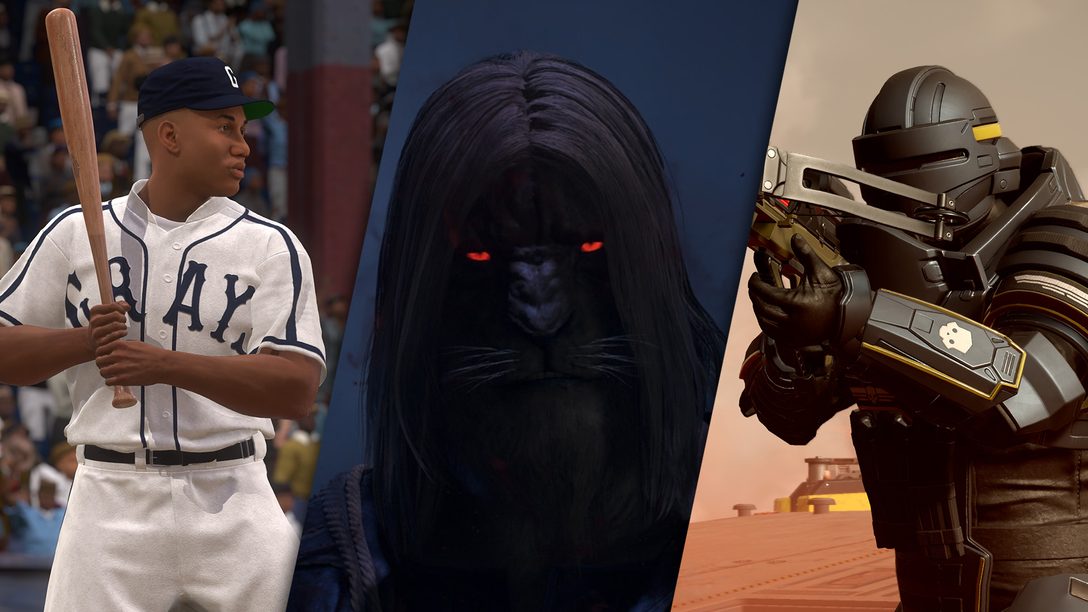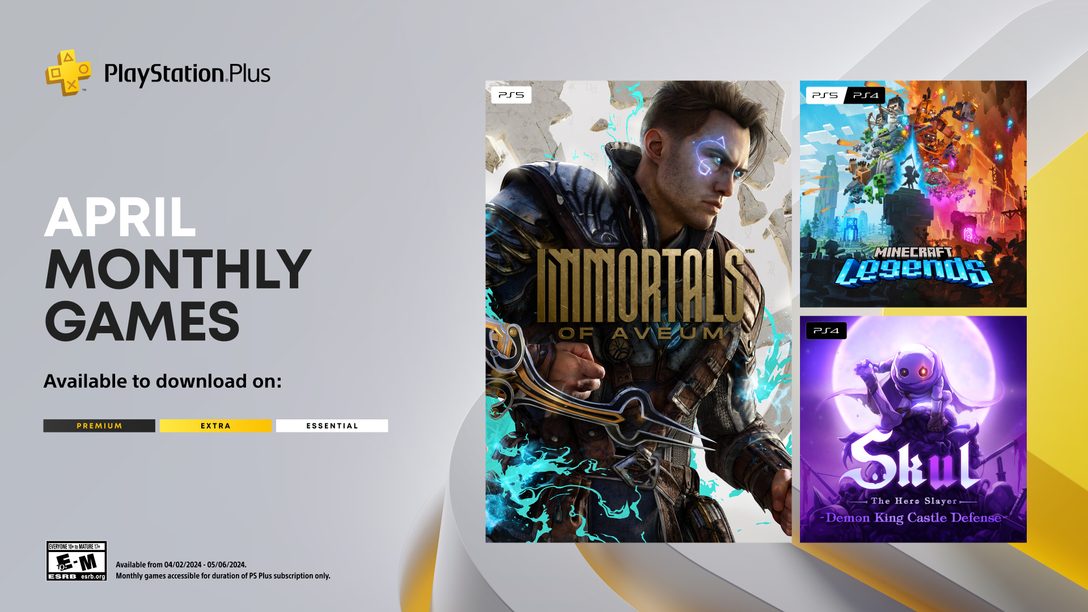
Saber Interactive on the planning and fine-tuning that went into the newly-released PS4 racer
Hey. I’m Vladimir Volokhov, Environmental & Level Designer of MX Nitro. Red Rock Descent, one of my favourite MX Nitro tracks, is a good place to showcase how I created the courses for the game.
Each track has its visual part and gameplay part. Red Rock Descent’s creation started with the visual; a canyon – Grand Canyon style – with vibrant red and orange rocks. I collected some photo references and set to work figuring out how the track’s backdrop would look. With a rough idea in place, I put visual ideas behind then began focusing on the gameplay – certainly the more important of the two!
I started constructing the track prototype from grey boxes. The design had to fit in with the locale, while gameplay needs to fit the visuals adequately and convincingly.
I decided that this track is all about mindless downhill. There’d be a constant slope downwards, with some outcrops that the rider will bump into and push away from. Then I added a few ledges, chasms, even spans, pits. We tested the course with the project lead and made adjustments based on feedback.
When we thought it finally captured the sense of that frantic motocross spirit, we approved it and returned to developing and finalising the visuals.
Art design has it’s own stages. Usually I start with basic look of the initial part of the track: I thoughtfully define a lot of detail there – what assets, materials, and textures are required, what the lighting will be. Then I create everything on my list, put everything on place, and see how everything works together. When I think that this initial part of the track is good enough and fits my initial vision, I move on to the rest of the track.
I do environments in layers, much like a pie. On Red Rock Descent I first created all surfaces, the ground where the racer will ride. Then I add stones, vegetation, separate background objects and decals. That is, I start with large features then gradually refine the track. From broad strokes to fine detail. Then I tune lighting, materials, and the background. Then we start optimisation to make sure it all holds together.
The final stage is thorough testing the track. We make sure that there are no objects hanging in thin air, collision calculation works fine from start to finish, and continue to fine-tune the gameplay by adjusting parts of the track.
How tricky is to balance the difficulty of a stage? This involves long, tedious, repetitive trials on different bikes. Extensive testing, on all kinds of bikes available in the game, helped polish the track to its final, perfect state.
As far as realism… well, in practice realism does not play a role here. The speed, the jumps, how bikes hit corners – these things are not even possible in reality, but not that you’d notice. You’re likely too busy enjoying the thrill of the race – and the great course design!












Join the Conversation
Add a CommentBut don't be a jerk!
3 Comments
Loading More Comments